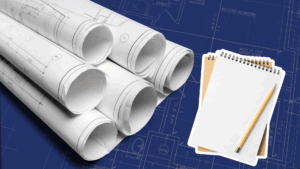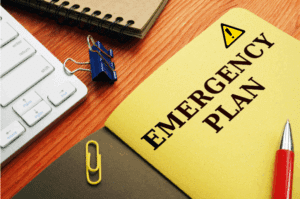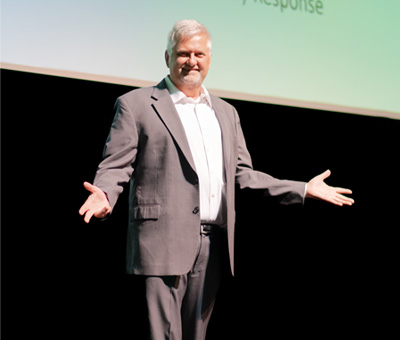The concept of a perfect inspection, often perceived as one with no findings, may actually be a missed opportunity for elevating safety standards. This view challenges the traditional management philosophy, which suggests that workers’ maximum effort often equates to meeting the minimum standard set by their superiors. In the context of safety, if merely complying with OSHA standards is the goal, it suggests a relatively low bar for safety performance.
Drawing parallels from the world of quality auditing, valuable lessons can be applied to safety auditing. A notable example is Dr. W. Edwards Deming, a renowned figure in quality management, who introduced the “Goal Post Analogy” in his books. This analogy can be effectively translated to safety: the “process” refers to people, behaviors, and actions, while the “product” encompasses personal protective equipment (PPE), tools, machinery maintenance, operations, and equipment usage.
Consider a football field with goal posts so wide and low that scoring becomes trivial. Naturally, to maintain challenge and standards, the goal posts would need to be narrowed. This analogy applies aptly to safety inspections. Here, the OSHA standards represent the initial goal posts. If inspections consistently reveal few or no deficiencies, referred to as “non-conformances,” it’s an indication to tighten the standards, perhaps to include company policies.
Furthering this approach, if inspections still show minimal non-conformances with OSHA Standards or company policies, the focus should shift to “industry best practices,” significantly narrowing the tolerance for both process and product.
It’s important to recognize that these terms and standards are not fixed and can be adapted as needed. The ultimate aim is to set such high safety standards that it becomes nearly impossible to have a “perfect” inspection in the traditional sense.
This philosophy is well understood by safety professionals who continuously strive to elevate safety standards for their clients. An interesting observation in this rigorous process is noting minor non-conformances, such as a dirty truck cab. While seemingly trivial, such findings are indicative of a high level of safety compliance, warranting both commendation and a reminder for cleanliness.
In summary, redefining what constitutes a ‘perfect’ inspection can lead to a more robust and proactive approach to workplace safety, ensuring continuous improvement and higher standards.
Building Safety from the Start with Prevention Through Design
In workplace safety, the best results come from stopping hazards before they ever reach employees. While training, procedures, and personal protective equipment (PPE) are important, the most effective approach is to design hazards out of the workplace from the beginning. This approach is known as Prevention through Design (PtD). What is Prevention through Design? Prevention…
Continue Reading Building Safety from the Start with Prevention Through Design
Emergency Preparedness: Staying Ready
Whether a misstep causes a fall or a natural disaster causes an evacuation, emergencies happen. Emergency preparedness and response can mean the difference in avoiding an injury or ending with a fatality. Emergencies come with little to no warning. While we may think these are extreme situations that will “never” happen to us, the reality…
Continuous Improvement and Immersive Training in Action
Construction is a dangerous business. Risks are constant, standards shift, and complacency can be deadly. For Jennifer Lastra, a U.S. Navy veteran and current CEO of 360 Immersive, corporate-style training falls far short. True safety begins with continuous improvement, supported by real engagement on the job. Training Should Go Beyond a Click-Through Box “Corporate training…
Continue Reading Continuous Improvement and Immersive Training in Action











